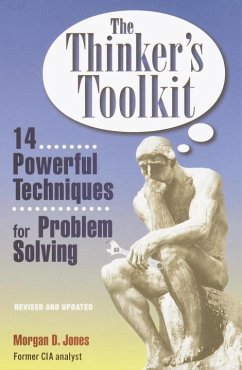
Japanese Management Techniques (eBook, ePUB)
Versandkostenfrei!
Sofort per Download lieferbar
Statt: 17,95 €**
5,99 €
inkl. MwSt. und vom Verlag festgesetzt.
**Preis der gedruckten Ausgabe (Broschiertes Buch)
Alle Infos zum eBook verschenkenWeitere Ausgaben:

PAYBACK Punkte
0 °P sammeln!
Essay from the year 2009 in the subject Business economics - Business Management, Corporate Governance, , language: English, abstract: Japanese Management Techniques Alzadjali, B. (2009) 2 - 10 There is no doubt that every person from all walks of life is indeed using a Japanese product or technology in his daily life, whether it is cars, pens or paper. Indeed, Japan provided the world with many successful global companies and brands such as Sony, Fujitsu, HP and Toyota. These global Japanese brands did not only affect Japanese economy, it also affected the world economy and trade. These indus...
Essay from the year 2009 in the subject Business economics - Business Management, Corporate Governance, , language: English, abstract: Japanese Management Techniques Alzadjali, B. (2009) 2 - 10 There is no doubt that every person from all walks of life is indeed using a Japanese product or technology in his daily life, whether it is cars, pens or paper. Indeed, Japan provided the world with many successful global companies and brands such as Sony, Fujitsu, HP and Toyota. These global Japanese brands did not only affect Japanese economy, it also affected the world economy and trade. These industrial revolutions put Japan on one of the six big industrial countries alongside the United States, United Kingdom, Germany, France and Italy. It is not the manufacturing elements that made Japan reach that, but there is also a great management system. The success of their approaches was not by adopting a fixed accounting system or by Activity-based costing ABC, but by using systematic flexible systems (Patel and Russell 1994, pp.64-65). In the last 50 years, Japan brought to the world a successful management style starting with a government model in the early 1950s, to a corporate model in the 1980s (Porter et al. 2002; Whitehill 1991). The root of the modern Japanese management goes back to post Second World War, when Japan started its economic recovery. Japan started a phenomenal revolution management system (Porter et al. 2002; Whitehill 1991). Towards the 1970s, research showed that the United States and some European countries used a similar system (Hayashi 2002). In 1980s the time came to challenge just how these systems would work out under the Japanese corporate management systems. Professor William Ouchi's book, about the Japanese management system entitled Theory Z: how American business can meet the Japanese challenge (England 1983; Hayashi 2002). The book became a standard management system practice in the United States for more than 20 years. During the last century, there were many theories which appeared on the table based on Japanese model from theory X to Z. However, the American companies did not found any productivity value on this model system and the theory Z management application became unlikely used among American companies and businessmen (England 1983; Whitehill 1991; Jeremiah J, 1992) perhaps because of differences in the environment or the culture. However, the Japanese culture has played an important role in the Japanese management system. In fact, the Japanese firm management system was based on two functions; columns economy and culture.
Dieser Download kann aus rechtlichen Gründen nur mit Rechnungsadresse in A, B, BG, CY, CZ, D, DK, EW, E, FIN, F, GR, HR, H, IRL, I, LT, L, LR, M, NL, PL, P, R, S, SLO, SK ausgeliefert werden.













